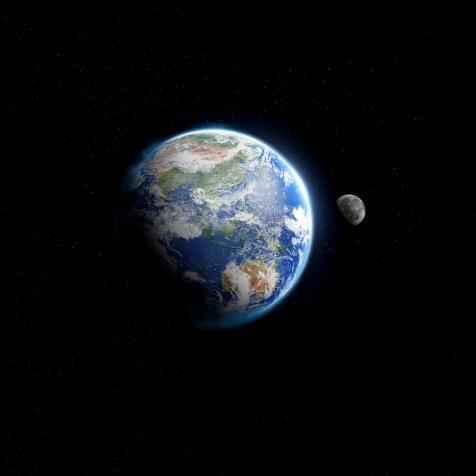
JayKay57
The Summer Solstice is Upon Us
Dr. Jeff Hall at Lowell Observatory in Flagstaff, Arizona clues us in on some awesome facts about Summer Solstice.
June 20, 2020 marks the first day of summer and the longest day of the year. Dr. Jeff Hall, astronomer and Director at Lowell Observatory in Arizona makes some things clear about the importance of the event celebrated throughout the millennia.
What is the astronomical significance of the June Solstice?
It’s one of the key points in the apparent path of the Sun through the sky over the course of the year. At the June solstice, the Sun reaches its most northerly declination, which you can think of as its celestial latitude. Its declination on this day will be about 23.5 degrees north, matching the 23.5-degree tilt of Earth’s rotational axis. On the June solstice, the Sun will traverse higher in the sky in the northern hemisphere than on any other day (and, conversely, it will be at its lowest in the sky in the southern hemisphere). The June solstice marks the beginning of northern hemisphere summer and the beginning of southern hemisphere winter.

Gary Hershorn
HOBOKEN, NJ - JUNE 21: The sun rises behind the skyline of midtown Manhattan and the Empire State Building on the summer solstice in New York City on June 21, 2017 as seen from Hoboken, NJ.
Will we notice anything differently on earth?
There will be nothing particularly dramatic – at least, not anything that’s due to the Sun. The Sun will be only imperceptibly higher in the sky in the northern hemisphere than it is a week before or a week after the solstice.
The highest point the Sun reaches in the sky does depend on your latitude. The declination directly overhead (i.e., at your local zenith) equals your latitude. So for example, in Miami (latitude 24.7 north) the Sun will pass almost directly overhead – only about 1.2 degrees from the zenith or, equivalently, 87.8 degrees up from the horizon. But in Seattle (latitude 47.6 north), the Sun will be just over 24 degrees from zenith, or about 66 degrees from the horizon.
That actually makes a big difference and is one of a number of reasons for changes in climate from season to season and at different latitudes. For example, consider the dates when the Sun is directly above the equator (at the spring and fall equinoxes). For someone living in Quito, Ecuador, pretty much right on the equator, the Sun will pass directly overhead. But for someone in Helsinki, at about 60 degrees north, the Sun will only be 30 degrees above the horizon. In that circumstance, the intensity of solar radiation in Helsinki is only half what it is in Quito! This is the principal reason that summer in either hemisphere is much warmer than winter: it’s the intensity of the radiation from the Sun’s much more direct pass more nearly overhead than from its oblique pass during the winter.
Live from Lowell
Join Lowell on Saturday at 5:30 PM ET/2:30 PM PT to watch a discussion about the significance of this annual occurence.


















